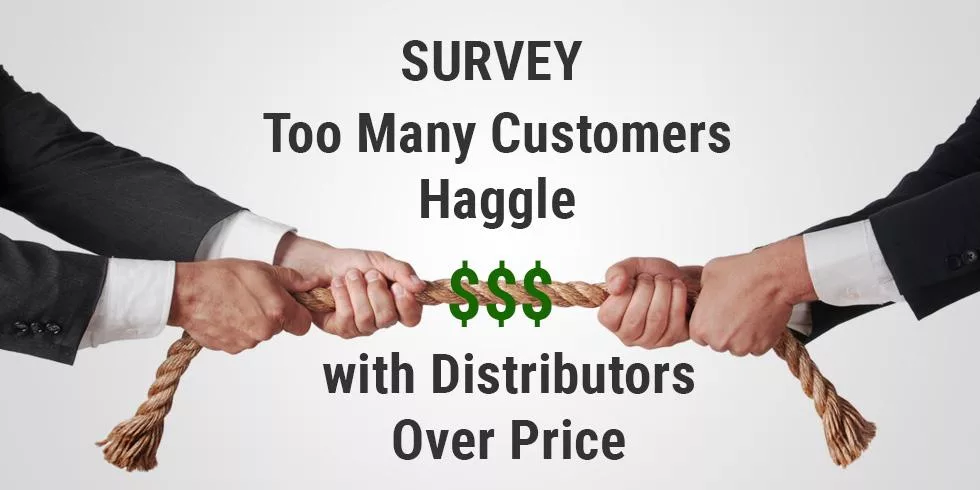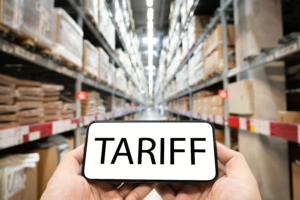
A survey by Earnest & Associates (E&A) has affirmed that price haggling remains a problem in the wholesale/distribution industry. Over one hundred decision makers at small to medium-sized businesses (SMBs) in the wholesale/distribution trade participated in the survey.
61% of respondents agreed with the statement, ‘Too many customers haggle with us over price’. In fact, researchers at Texas A&M University have confirmed that customers have been persistent in their efforts to squeeze margins over the past decade with margins today typically in the 10 to 20 percent range.
No doubt, online competition has made it easier for buyers to find multiple suppliers and haggle over price. More and more customers expect items to be priced inexpensively, delivered faster, and of better quality. Salespeople feel pressured to retain hard-won customer accounts through pricing and service concessions. Bottom-line profitability suffers because too many of the distributor’s customers have gained control of the sales process.
The new normal means that companies must be empowered with information to regain control of the sales process. Customer Stratification analysis is useful in pinpointing those specific customers whose demand for services outweighs their contributions to the company’s bottom line. Customer Stratification is an industry best practice defined by the National Association of Wholesaler-Distributors (NAW) that aims to help companies build more sustainable and profitable businesses.
Customer Stratification analysis helps everyone in the organization, from management to sales to customer service, understand the profit profile of each and every customer served. Actionable steps can then be taken to restore profitability. Companies can use the information to negotiate from a position of strength and take steps to align price with value.
Companies can also leverage the insights gained from its Customer Stratification analysis to discuss constructive, win-win solutions that can reduce costs and improve outcomes for both parties. Perhaps prices can be lowered for the customer if average order sizes are increased; while benefiting the customer by reducing the number of transactions. The goal is to reduce conflict and build more mutually supportive customer relationships.
Decisions can also be made to surgically apply pricing strategies based upon individual customer’s whose behaviors remain problematic. For example, Marginal customers are defined as customers who haggle for extra services but are unwilling to pay the extra cost. At the least, companies should think twice before extending special pricing to marginal customers; at the most, companies should increase pricing to levels commensurate with protecting their bottom-line profits.
The bottom line: managers who are empowered by Customer Stratification data can develop well-informed, actionable sales plans and policies based upon a deep understanding of where each customer fits within the stratification profile. The knowledge provided by Customer Stratification analysis allows companies to proactively negotiate with customers and implement appropriate pricing strategies – well before their sales margins have been eroded by customer price haggling.







